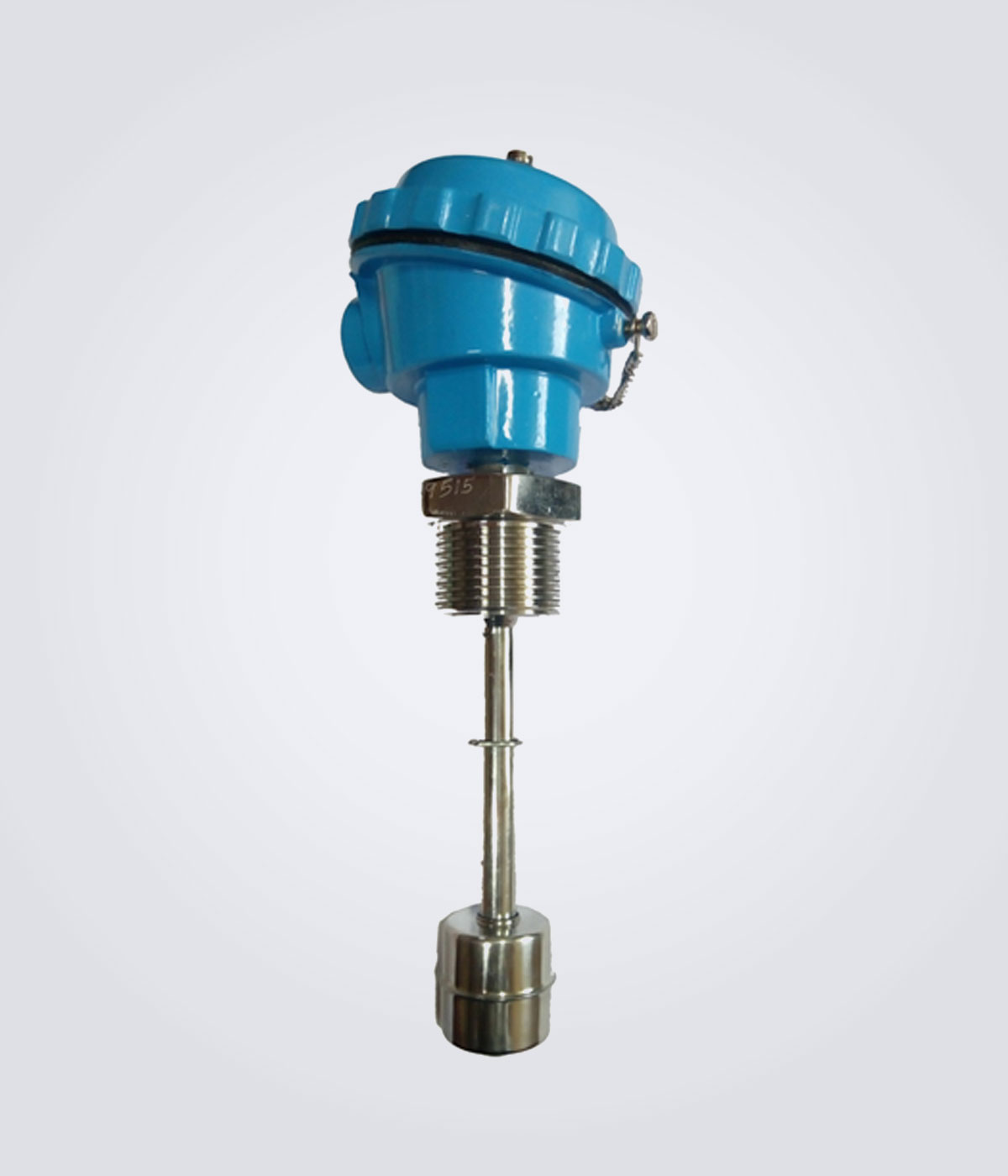An ISO 9001:2015 & OHAS 18001:2007 Certified Organization


Level switches are used to detect liquid or powder levels, or interfaces between liquids. These level measurements are indicated via an electrical switching action. Level switches can be used either as an alarm device or as control switches, turning something on or off, such as a pump, or sending a signal to a valve actuator. What makes level switches special is that they have a switched output and can be either electromechanical or solid state, either normally open or normally closed.
Types of Level Switch
Capacitive level switches are sensors with an electrical contact output at a specific liquid, powder, or bulk level. Their traditional use is for non-metallic materials such as: plastics industry, chemical industry, wood industry, ceramic and glass industry, and packing industry. A few models are no maintenance.
conductivity level switches are sensors with an electrical contact output at a specific liquid level. Applications include ponds, reservoirs, sumps, pharmaceuticals, closed vessels and open tanks.
Diaphragm level switches are sensors with an electrical contact output. The dry Level Switch is sensitive and very economical. Applications include mining, silos, hoppers, and food & beverage. A wide variety of diaphragms is available to match product bulk density, flowability, abrasiveness and temperature requirements.
Displacer level switches are sensors with an electrical contact output at a specific liquid level. Models are suspended on a coil spring. Displacers are not affected by turbulence or pressure and are excellent for applications with viscous or dirty liquids. Applications include foaming liquids, heavy oil refineries, paints & varnishes, and chemical plants.
Float level switches are sensors with an electrical contact output at a specific liquid level. Applications include level control, valve control, deaerators, condensate tanks, oil level control, drip legs, and boilers. A few models are designed for the automation of pumps, specifically filling and draining of tanks, wells, and reservoirs.
Optical level switches are sensors with an electrical contact output at a specific liquid level. Dwyer models are low cost and compact. Optical level switches provide rapid response while employing mo moving parts. Applications include air conditioning systems, sumps, pharmaceutical, hydraulic reservoirs, and liquid holding tanks.
Rotating paddle level switches are sensors with an electrical contact output at a specific powder or bulk level. Applications include mining, silos, hoppers, food & beverage, and grain silos. The models within this category have either top or side mounting.
Tilt level switches are sensors with an electrical contact output. Applications include large hoppers, trippers, stackers, conveyors, stackers, and crushers. The probes are designed for use where the bulk material to be sensed is exposed or open. The control units feature an adjustable time delay and a logic selector switch.
Tuning Fork level switches are sensors with an electrical contact output at a specific level. Cost effective models are an ideal choice for level control of powders and fine grained solids. Models are easy to use and applications include mining, chemical processing, and food & beverage.
Vibrating Rod level switches are sensors with an electrical contact output at a specific powder or bulk level. The Vibrating Rod Level Switch is economical in level detection of powders and bulk solids. Perfect for silo or hopper applications. The probe design allows for self-cleaning, ensuring no build-up or bridging of material and accurate detection.
"Instrumtech" deals in reputed make of Level Switches available in national and international market.
*Images shown here are for understanding purpose only. “Instrumtech” doesn’t claim any legal right for these pictures.
"INSTRUMTECH" was established for providing solutions in the field of Instrumentation, Automation & El view more
©2018 softworld Solution